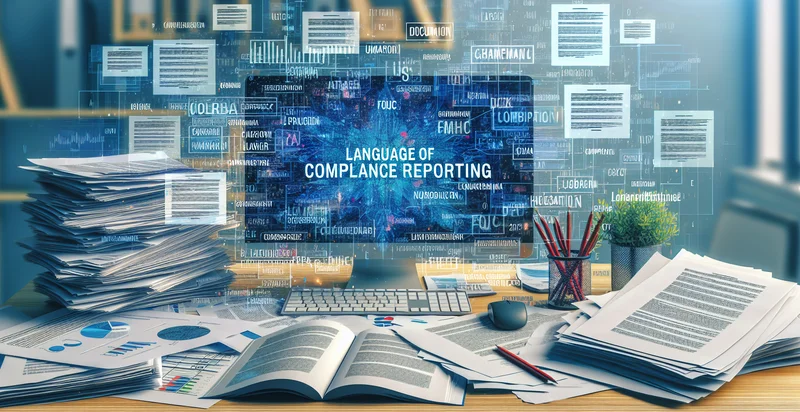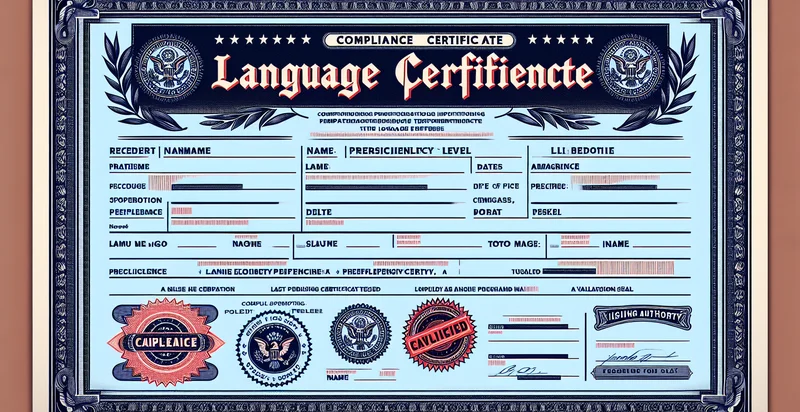Identify language of compliance report
using AI
Below is a free classifier to identify language of compliance report. Just input your text, and our AI will predict the compliance status of various documents - in just seconds.

Contact us for API access
Or, use Nyckel to build highly-accurate custom classifiers in just minutes. No PhD required.
Get started
import nyckel
credentials = nyckel.Credentials("YOUR_CLIENT_ID", "YOUR_CLIENT_SECRET")
nyckel.invoke("language-of-compliance-report", "your_text_here", credentials)
fetch('https://www.nyckel.com/v1/functions/language-of-compliance-report/invoke', {
method: 'POST',
headers: {
'Authorization': 'Bearer ' + 'YOUR_BEARER_TOKEN',
'Content-Type': 'application/json',
},
body: JSON.stringify(
{"data": "your_text_here"}
)
})
.then(response => response.json())
.then(data => console.log(data));
curl -X POST \
-H "Content-Type: application/json" \
-H "Authorization: Bearer YOUR_BEARER_TOKEN" \
-d '{"data": "your_text_here"}' \
https://www.nyckel.com/v1/functions/language-of-compliance-report/invoke
How this classifier works
To start, input the text that you'd like analyzed. Our AI tool will then predict the compliance status of various documents.
This pretrained text model uses a Nyckel-created dataset and has 49 labels, including Arabic, Armenian, Basque, Bengali, Bulgarian, Catalan, Croatian, Czech, Danish and Dutch.
We'll also show a confidence score (the higher the number, the more confident the AI model is around the compliance status of various documents).
Whether you're just curious or building language of compliance report detection into your application, we hope our classifier proves helpful.
Related Classifiers
Need to identify language of compliance report at scale?
Get API or Zapier access to this classifier for free. It's perfect for:
- Regulatory Monitoring: The function can automatically classify and identify compliance reports related to specific regulations, ensuring that businesses are aware of the latest requirements. This allows compliance officers to focus on documents that pertain to their industry and avoid unnecessary reviews.
- Risk Management: By analyzing the language used in compliance reports, this function can highlight areas where an organization may be at risk of non-compliance. This proactive identification enables companies to take corrective actions before any issues escalate.
- Training and Development: The function can be utilized to assess the adequacy of compliance training programs by analyzing the language of internal reports. This ensures that training materials effectively communicate compliance requirements and make necessary adjustments to improve employee understanding.
- Audit Preparation: Organizations can use this classification function to streamline the audit preparation process by categorizing and prioritizing compliance documents. This saves time and ensures that auditors receive relevant reports that are crucial for the evaluation.
- Benchmarking: Businesses can analyze the language of compliance reports across their industry to benchmark their practices against competitors. This can reveal gaps and strengths, guiding organizations toward better compliance strategies and practices.
- Stakeholder Communication: The function can support the development of clear communication strategies for stakeholders by ensuring that compliance reports are written in a language that is easily understandable. This can enhance transparency and build trust with investors and regulators.
- Report Automation: By integrating this classification function into reporting systems, organizations can automate the generation of compliance reports based on language categorization. This not only saves time but also ensures consistency and accuracy in the reporting process.


